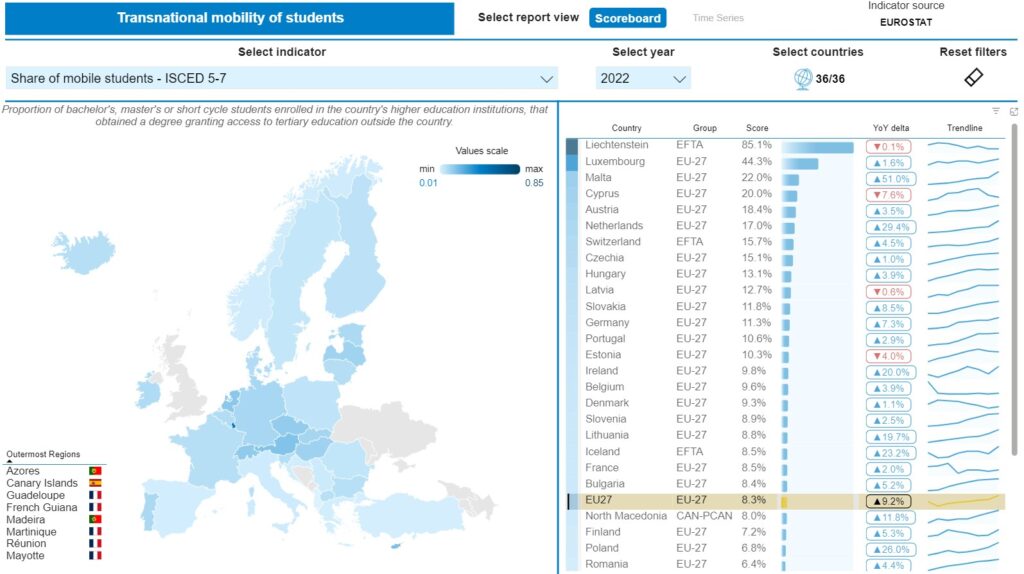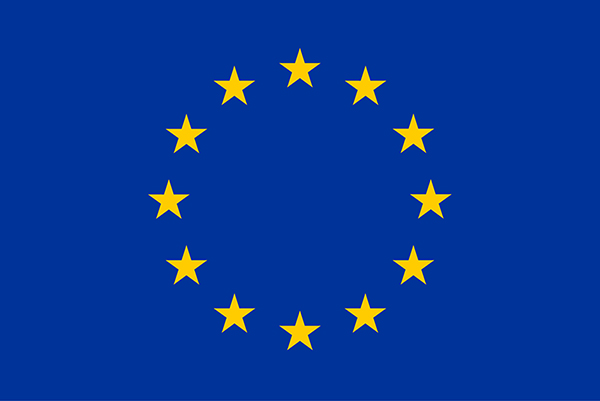The European Higher Education Sector Scoreboard is set to launch this January
In follow-up to European strategy for universities (2022), the European Higher Education Sector Scoreboard (EHESS) is set to change the way we monitor and compare higher education systems across Europe.
EHESS is the key tool of the European Higher Education Sector Observatory (EHESO). The EHESS is an interactive data visualisation platform to monitor the policy agenda of the European Education Area by showcasing relevant indicators on countries and higher education systems. It presents higher education data and information at country level, organised according to the key EU higher education policy objectives, such as fostering future-proof skills, transnational and international cooperation, and making sure that key EU values (autonomy of universities, academic freedom, inclusiveness and gender equality) are reflected by higher education systems across Europe. The tool is a one-stop-shop to track, monitor and gain insights on European higher education systems and their contexts.
EHESS provides a thematic view, which allows comparing European higher education systems, and country pages, which present information for each included country.
In the thematic view, users can compare European higher education systems according to key indicators organised around major themes corresponding to the main EU higher education policy objectives:
- Transnational cooperation in Europe in higher education, research and innovation.
- EU values such as institutional autonomy and academic freedom, fostering gender balance, diversity and inclusiveness.
- Future proof skills and cooperation with industrial ecosystems.
- International cooperation in higher education, research and innovation.
- Higher education sector context indicators.
EHESS brings together different sources of data, including the EUROSTAT educational statistics, European Tertiary Education Register (ETER), U-Multirank, EUROSTUDENT and EUROGRADUATE projects, as well as additional international data sources such as publication data and ERASMUS+ data on student and staff mobility.
The geographical coverage of the first edition of EHESS encompasses EU-27, EEA-EFTA countries (Iceland, Liechtenstein, Norway, Switzerland), some of the candidate and potential candidate countries (Serbia, Montenegro, North Macedonia, Kosovo, Bosnia-Herzegovina, Turkey, Albania) and the United Kingdom. The reference year for the first edition is calendar year 2022, corresponding to academic year of 2021/2022 in EUROSTAT. Whenever possible, time series data is available up to the year of 2015.
This new resource will be available starting January 20th 2025 on the National Policies Platform operated by the European Education and Culture Executive Agency (EACEA).

